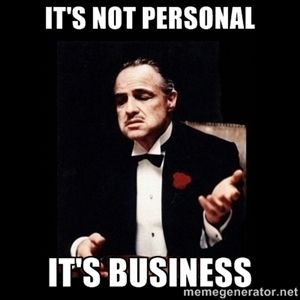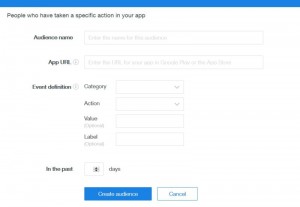Whether you’re presenting a new plan to your company, offering a training at a seminar, or presenting a keynote address at a regional or national event, making your business presentation powerful is crucial. Being able to give a business presentation that leaves a lasting impression on your audience can help your name become recognizable in your industry.
It can help you cross to another company, earn a promotion, or bring more business into your company. It can also boost your profile and help you win bigger opportunities as a speaker.
How do you make sure you’re creating a powerful business presentation?
1. Know Your Audience
Even if the subject of your presentation is always the same, you’re going to present the information differently to peers, supervisors, and new people in your field (or at least, you should be!). Knowing your audience means having a clear sense of what information is going to be most relevant to the audience members and skewing your presentation so that they get the biggest possible benefit.
Sometimes presenters feel as if this is somehow diluting their message. Resist this feeling. If your audience isn’t getting useful material, they’re not going to find your presentation to be useful, and neither you nor them will get any benefit from the experience. Your project may not get the investment it needed, your initiative at the office may not be acted upon, and your talk may get poor ratings that hurt your chances of being invited back for another speaking opportunity.
2. Be Clear About Audience Takeaway
Once you know who your audience is, figure out what they’re going to take away from your presentation, and tell them that up front. Maybe investors are going to learn why your product is the best in the market, or your sales team is going to understand the new features available and how they will make a difference to your customers.
When you tell your audience what you’re going to be telling them, they know how to contextualize what the information they’re receiving.
3. Present The Right Material For The Timeframe
A presentation that takes 20 minutes is very different from one that takes an hour. Even if the topic and the general information presented is the same, the presentation itself will need to be condensed and modified to fit in the appropriate timeframe. It may be more appropriate to focus on a narrower topic instead of presenting a very broad overview of the topic.
Again, you’ll make this decision based on your audience. Which version will they find more useful, a general introduction to the topic, or a deep dive on one particular aspect?
4. Add Media
A powerful presentation can involve more than just you talking over slides. Adding a background music to a presentation can help to influence mood, punctuate important information, and add engagement to the entire experience. Rock anthems can get people clapping and stomping along while more subtle music can pull in attention and help tame wondering minds. Choosing the right music for your presentation will help you make your presentation powerful and a success.
5. Prepare For Questions
If your talk is going to offer a Q&A time, you need to be prepared for questions that people might ask. You may need to offer multi-faceted answers that include perspectives from IT, HR, sales, and more.
It’s also a good idea to be prepared for a few ice breaker questions. There’s no ending less dramatic than a speaker asking for questions, seeing no hands in the audience, and calling the presentation over. Have prepared a few “I often get asked…” and “You might still be wondering…” questions that you can ask yourself and then answer. This also gives your audience time to process, think over the material, and see if they do have any questions before everything wraps up.
6. Second Closing Prepared
Your presentation should end with a strong closing, but if you have a Q&A session after the talk, it’s important to have a second closing prepared. This will be briefer, touching on your overall topic, the takeaway points, and thanking your audience for their attention, but it is just as important as your initial closing.
These moments allow the audience to settle in, digest the information they’ve been given, and think through it. Having the space to do that will give them a more favorable appreciation for your presentation overall.
Designing and delivering a powerful and professional business presentation requires both time and experience. Over time, you will become better at identifying and achieving these markers so that your presentations become more efficient and effective.
Business & Finance Articles on Business 2 Community(60)





